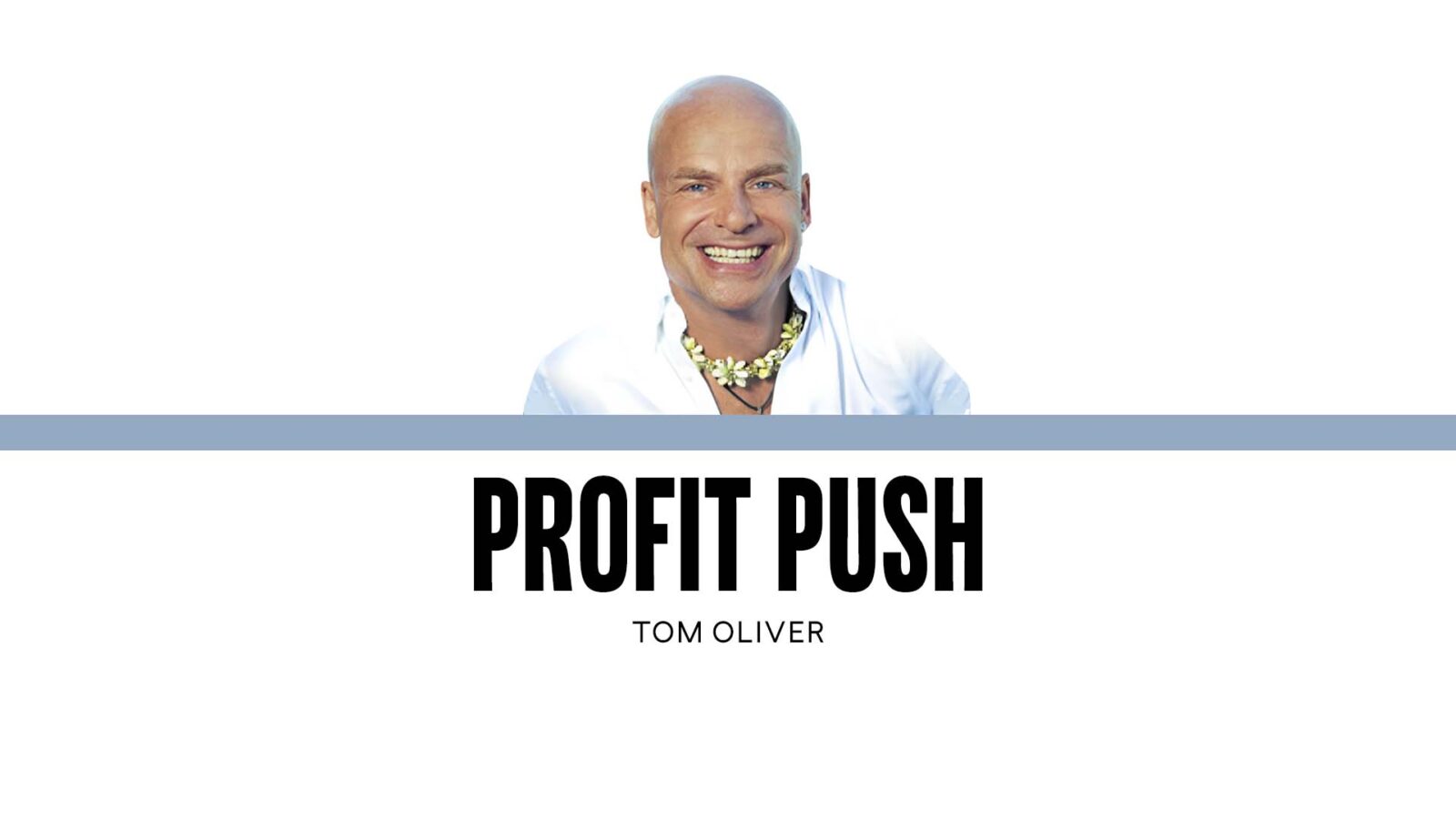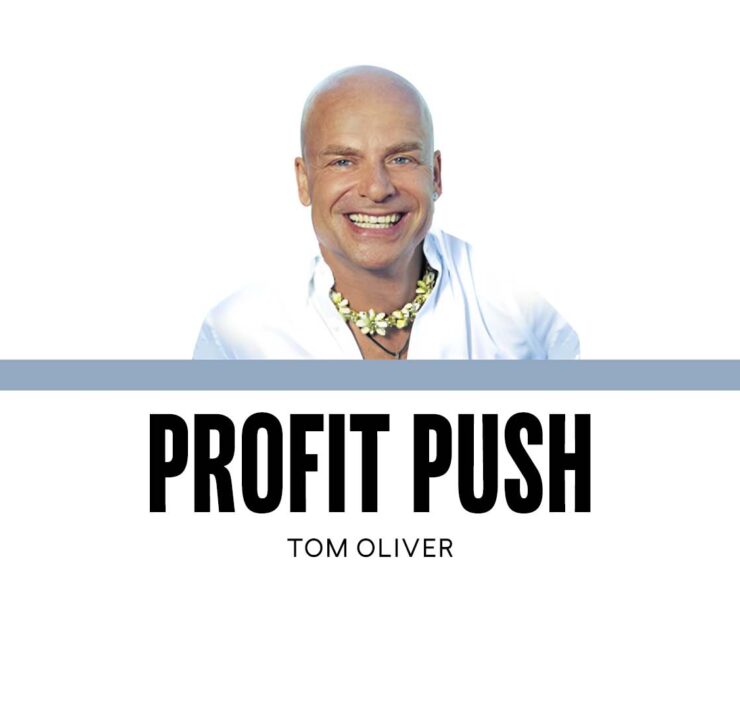Entrepreneurial ADHD: How focus fuels fortune

In one of my private coaching sessions with a member of my exclusive Inner Platinum Performance Circle—an elite and highly-restricted group of hand-picked entrepreneurs from around the globe—a recurring challenge came up. This client, a successful entrepreneur, had realized that one of the biggest obstacles to his progress wasn’t market conditions or competition. It was his addiction to new ventures. He felt like a kid in a candy store, constantly tempted by every shiny opportunity, each one seemingly more exciting than the last.
I’ve seen this play out with dozens of high-performing entrepreneurs around the world. It’s what I call “Entrepreneurial ADHD.” At first glance, this trait seems like a superpower. It’s often what propels entrepreneurs to success in the early stages—curiosity, energy and the drive to start something new. But without discipline, that same trait becomes the single greatest threat to long-term success.
Why is this a problem? Because every new venture siphons off time, energy, attention, and capital from the one thing that truly matters: your core business. And as any world-class elite athlete or self-made billionaire entrepreneur I have advised will tell you: focus beats variety every time.
I will share a few of the key principles I shared with my client that helped him get rid of this very unprofitable habit, avoid the trap of entrepreneurial distraction and build a lasting empire.
Principle One: The more you are successful, the more new opportunities come
Richard Branson has said: “Business opportunities are like buses, there is always another one coming.” That is true, but not so much if you are poor and unsuccessful and just starting out.
By contrast, as entrepreneurs grow in visibility and influence, the number of opportunities they’re exposed to skyrockets. From equity offers and advisory roles to joint ventures and real estate plays, from new projects to irresistible returns, the menu of “good” options never stops expanding. Most of these are distractions in disguise.
Here’s the hard truth that most never confront: your ability to grow exponentially is not determined by how many opportunities you pursue, but by how many you decline.
This is counterintuitive. Especially for those who built their businesses from nothing, saying no can feel like leaving money on the table. It triggers fear of missing out, fear of regret and fear of shutting the door on what could be “the next big thing.” But every yes to a new opportunity is also a silent no to something else—usually your best opportunity, which now receives less time, less energy, and less attention.
Principle Two: Say no to the good to say yes to the great
Warren Buffett famously said, “The difference between successful people and very successful people is that very successful people say no to almost everything.” This is not about being arrogant or dismissive. It’s about understanding the true cost of distraction.
In my client’s case, he had his hands in seven active projects. Each one looked good on paper. But none had broken through. We sat down, mapped out the potential of each, and identified the single project most aligned with his unique strengths and long-term vision. Then came the hard part—cutting the rest. It was emotionally tough. But once he committed, results followed fast: his clarity returned, profits doubled and he had more time to spend with his family.
Good ideas keep you busy. Great ideas build empires.
Laser-like focus is not just a productivity hack—it’s a competitive advantage. In a world of constant distraction, the entrepreneur who masters focus becomes unbeatable. It’s the equivalent of compound interest for energy. When you pour 100 percent of your resources into one clear goal, the results are not linear—they’re exponential. Learnings and momentum build. Teams align. Brand identity strengthens. And market trust compounds.

Principle Three: The wealthiest entrepreneurs focus on one core business
You don’t build generational wealth through scattered energy. The most financially successful owner-operators in the world often have one thing in common: a relentless focus around one main core business.
Look at the Walton family—Walmart. Or the Mars family—confectionery and pet care. Or Mukesh Ambani’s Reliance Industries. These are not stories of diversification gone wild. They are stories of mastering one domain so completely that success became inevitable.
Even today’s tech titans follow this pattern. Meta is built on the back of Facebook. Alphabet is driven by Google Search. Apple, at its heart, is a product company with a laser focus on experience and design. These companies may have branched out later, but their fortunes were built by dominating one lane first.
My client took this lesson to heart. Instead of juggling different industries, he decided to become world-class in one. The ripple effect was immediate—market leadership, stronger team engagement and a brand that finally stood for something.
Principle Four: The fallacy of ‘It makes money, so let’s do it’
One of the most dangerous mindsets I’ve seen is the belief that if something can make money, it’s worth doing. Profitability alone is not a good enough reason to pursue something. The real question should be: What is our opportunity cost? What is the impact of this new venture on our core business? Does it distract or deepen our focus? Does it elevate our main brand or dilute it?
There’s a trap many entrepreneurs fall into. They start new ventures simply because they believe “it makes money.” But making money isn’t enough. The question should always be: “At what cost to our main business?”
A US-based family business I advised had recently launched a boutique hotel and a shrimp farm. Why? Because they both showed decent margins and the owner got bored with the core business. But the leadership had failed to calculate the hidden cost: focus fragmentation, management confusion and strategic drift. Meanwhile, their original consumer products brand—well-known and respected—was suffering from stagnation and lack of innovation.
After working with my team, they reversed course. They divested from distractions and reinvested in their core. Within a year, they regained shelf dominance in key retail chains and boosted operating margins by 23 percent. The new rule became: if it doesn’t make the core business stronger, it’s not worth doing.
Three to Thrive
- 1Ruthless prioritization Say no to 90 percent of opportunities. The ones that remain will get the energy, capital and time they need to scale.
- Core business mastery Build your empire on one foundation. Master it so thoroughly that your brand becomes synonymous with excellence.
- Always calculate opportunity cost
Don’t just ask “Can this make money?” Ask, “What am I sacrificing from my core by doing this?” .
Tom Oliver, a “global management guru” (Bloomberg), is the chair of The Tom Oliver Group, the trusted advisor and counselor to many of the world’s most influential family businesses, medium-sized enterprises, market leaders and global conglomerates. For more information and inquiries: www.TomOliverGroup.com or email Tom.Oliver@inquirer.com.ph.



















